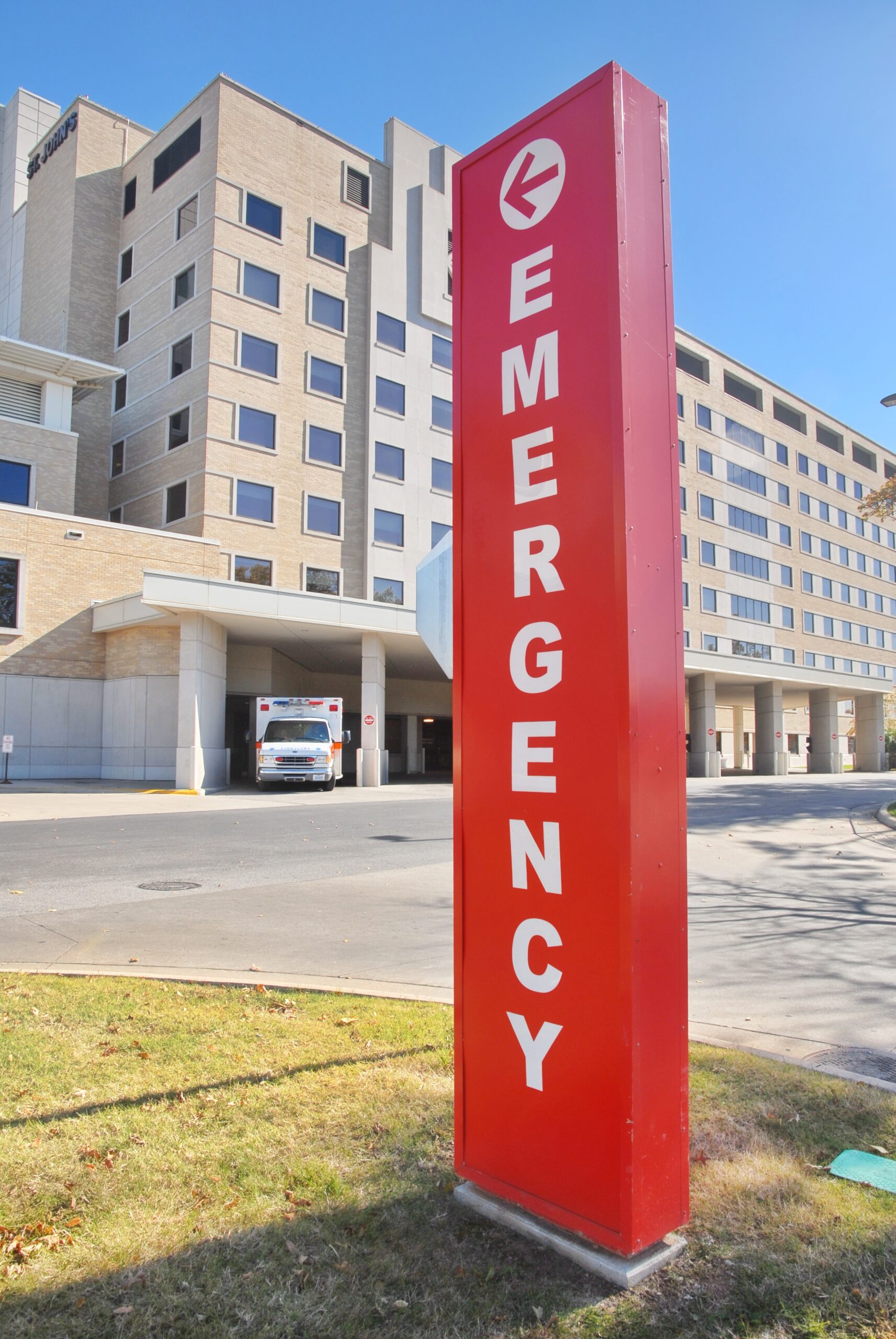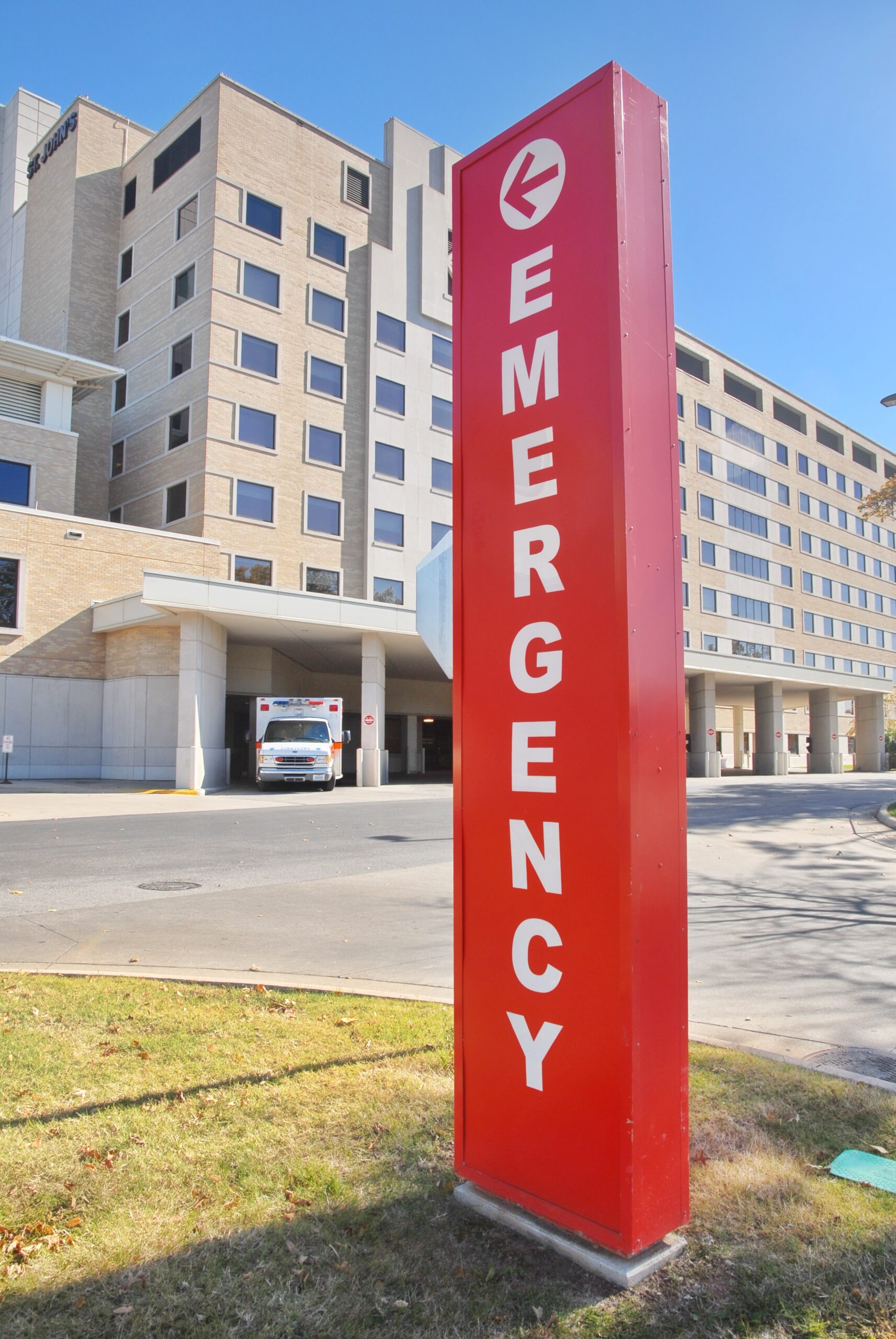In this article, you will discover the importance of emergency preparedness specifically designed for persons with disabilities and special needs. It is crucial to recognize the unique challenges faced by these individuals during emergencies and ensure they have the necessary support and resources. By understanding and implementing effective strategies, we can ensure the safety and well-being of everyone, regardless of their abilities or special needs, in times of crisis.
Emergency Preparedness for Persons with Disabilities and Special Needs
Understanding the Importance of Emergency Preparedness
Emergency preparedness is crucial for everyone, but it is especially important for individuals with disabilities and special needs. In times of crisis, such as natural disasters or emergencies, it is essential to have a plan in place to ensure the safety and well-being of those who may require additional assistance. By understanding the importance of emergency preparedness, you can take proactive steps to ensure that you are equipped to handle any situation that may arise.
Identifying Individual Needs and Abilities
The first step in emergency preparedness for individuals with disabilities and special needs is to identify their unique needs and abilities. Every person is unique, and it is essential to take into consideration their specific requirements when developing an emergency plan. Whether it be mobility issues, sensory impairments, or medical conditions, understanding these individual needs is crucial in creating an effective and tailored emergency response plan.
Developing an Emergency Plan
Once individual needs and abilities have been identified, the next step is to develop an emergency plan. This plan should include specific actions to take in various emergency scenarios, such as earthquakes, hurricanes, or fires. It should also outline communication strategies, evacuation plans, and transportation options. Collaborating with family members, caregivers, and healthcare professionals is essential in creating a comprehensive and effective emergency plan that meets your specific needs.
Assembling an Emergency Kit
Assembling an emergency kit is an important aspect of emergency preparedness. This kit should contain essential items that may be needed during an emergency or evacuation. It is crucial to include items that cater to the specific needs and abilities of individuals with disabilities and special needs. Some essential items to consider include medications, medical supplies, personal care items, mobility devices, communication aids, and important documents such as identification, medical records, and contact information for healthcare providers.

Communication Strategies
During emergencies, communication is key. It is important to develop communication strategies that accommodate individuals with disabilities and special needs. This may include utilizing alternative communication methods, such as written or visual aids, sign language interpreters, or using accessible technology. It is also crucial to ensure that emergency alerts and warnings are accessible to everyone. Staying informed and having a communication plan in place will help to ensure that you can receive and convey important information during an emergency situation.
Evacuation Plans
In the event of an emergency that requires evacuation, having a well-thought-out evacuation plan is vital. This plan should consider the unique needs and abilities of individuals with disabilities and special needs. It may involve identifying accessible routes and transportation options, coordinating with local authorities, and having a designated meeting place or point of contact. It is important to practice the evacuation plan regularly to ensure that everyone involved is familiar with the procedures and can navigate them safely.
Transportation Options
Transportation is a crucial aspect of emergency preparedness for individuals with disabilities and special needs. It is essential to identify transportation options that are accessible and can accommodate specific needs. This may include collaborating with local transportation services, arranging for accessible vehicles, or identifying alternative transportation methods that can be used during emergencies. Ensuring that transportation options are in place ahead of time will help to minimize stress and ensure a swift and safe evacuation if necessary.
Support from Local Agencies and Organizations
Local agencies and organizations play a vital role in providing support and resources for individuals with disabilities and special needs during emergencies. It is important to establish connections with these entities ahead of time, so you are aware of the services and assistance they can provide. This may include contacting local disability service organizations, healthcare providers, or emergency management agencies. By building these relationships, you can access the necessary support and resources when emergencies occur.

Emergency Shelter Options
Emergency shelters are often designated locations where individuals can seek refuge during emergencies or evacuations. It is important to inquire about the accessibility and accommodations available at these emergency shelters. Contacting local emergency management agencies or organizations that specialize in disability services can help you determine the best shelter options for your specific needs. Additionally, it is important to include information about your individual needs in your emergency plan, so authorities are aware and can make appropriate arrangements if a shelter is necessary.
Preparing for Power Outages
Power outages can occur during emergencies, and it is important to be prepared for such situations. Individuals with disabilities and special needs may rely on electricity for medical equipment, communication devices, or mobility aids. Having a backup power source, such as a generator or backup batteries, is essential. It is also crucial to have a plan in place for charging essential devices and keeping them operational during power outages. Being proactive in preparing for power outages will help minimize disruption and ensure that necessary devices are functioning when they are most needed.
In conclusion, emergency preparedness for individuals with disabilities and special needs requires careful consideration of their unique needs, abilities, and circumstances. By understanding the importance of emergency preparedness, identifying individual needs, developing a comprehensive emergency plan, assembling an emergency kit, and utilizing effective communication strategies, individuals can enhance their readiness to handle emergencies. It is also essential to be aware of transportation options, seek support from local agencies, and familiarize oneself with emergency shelter options. Lastly, preparing for power outages by having backup power sources is crucial. By taking these proactive steps, individuals with disabilities and special needs can effectively navigate and respond to emergencies, ensuring their safety and well-being.








